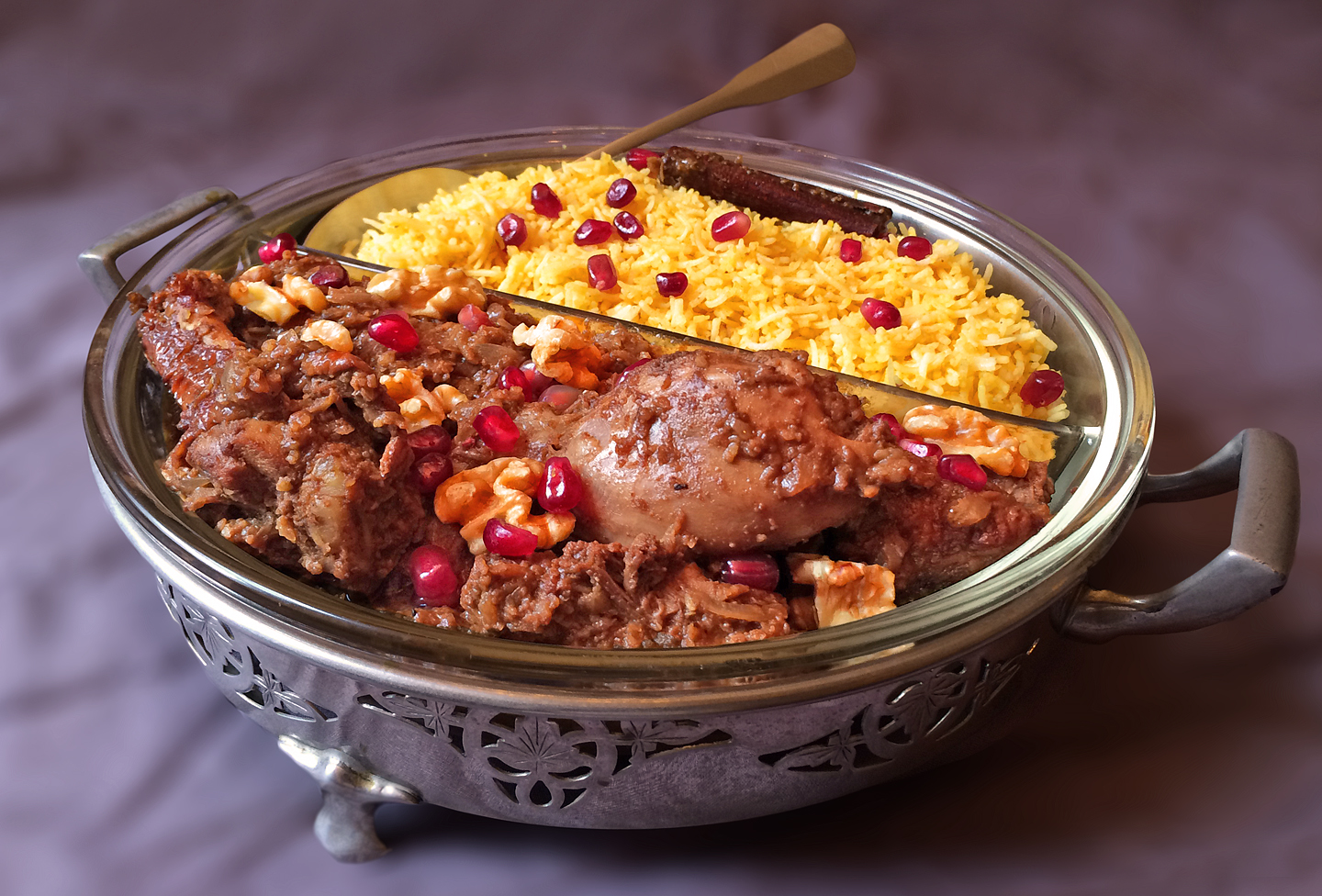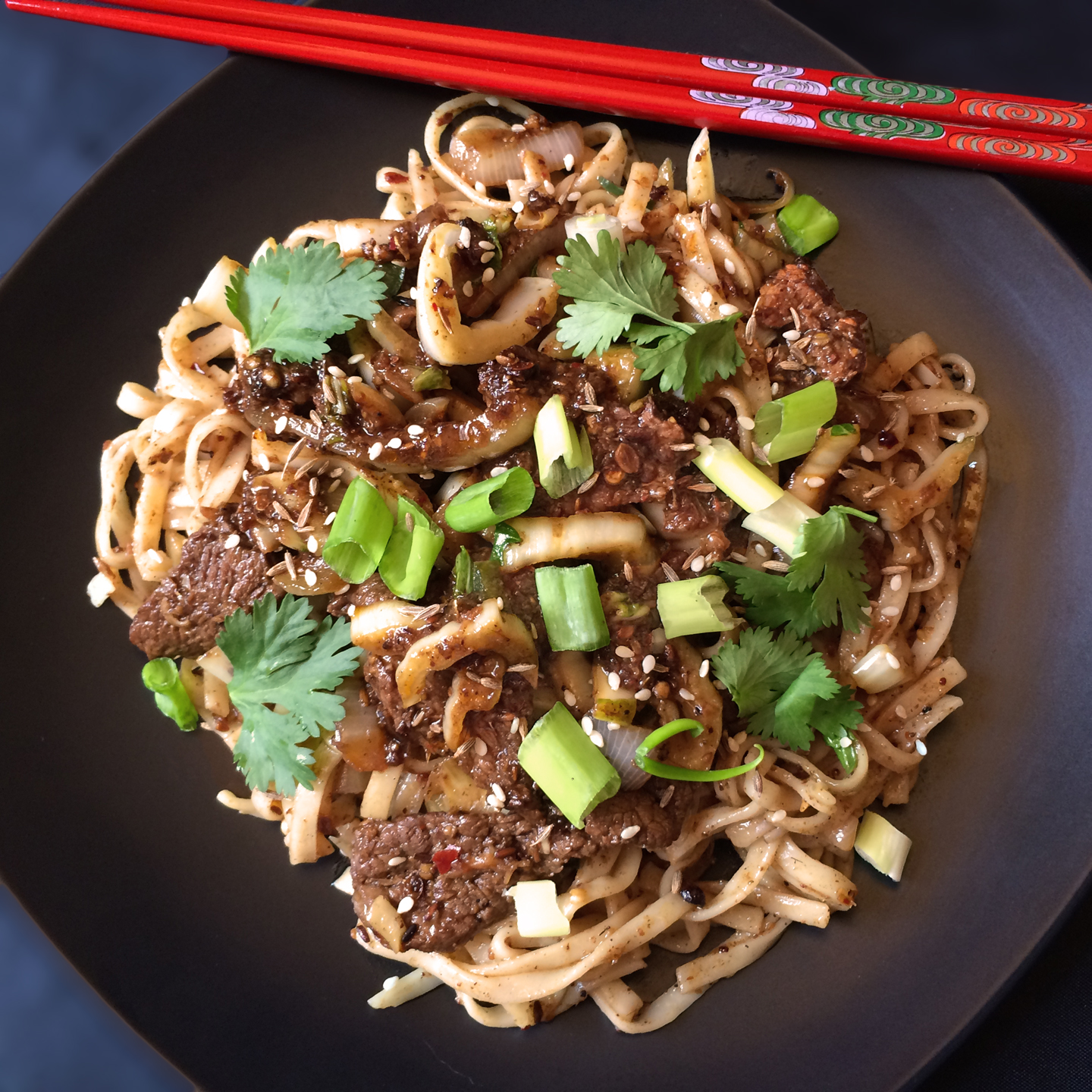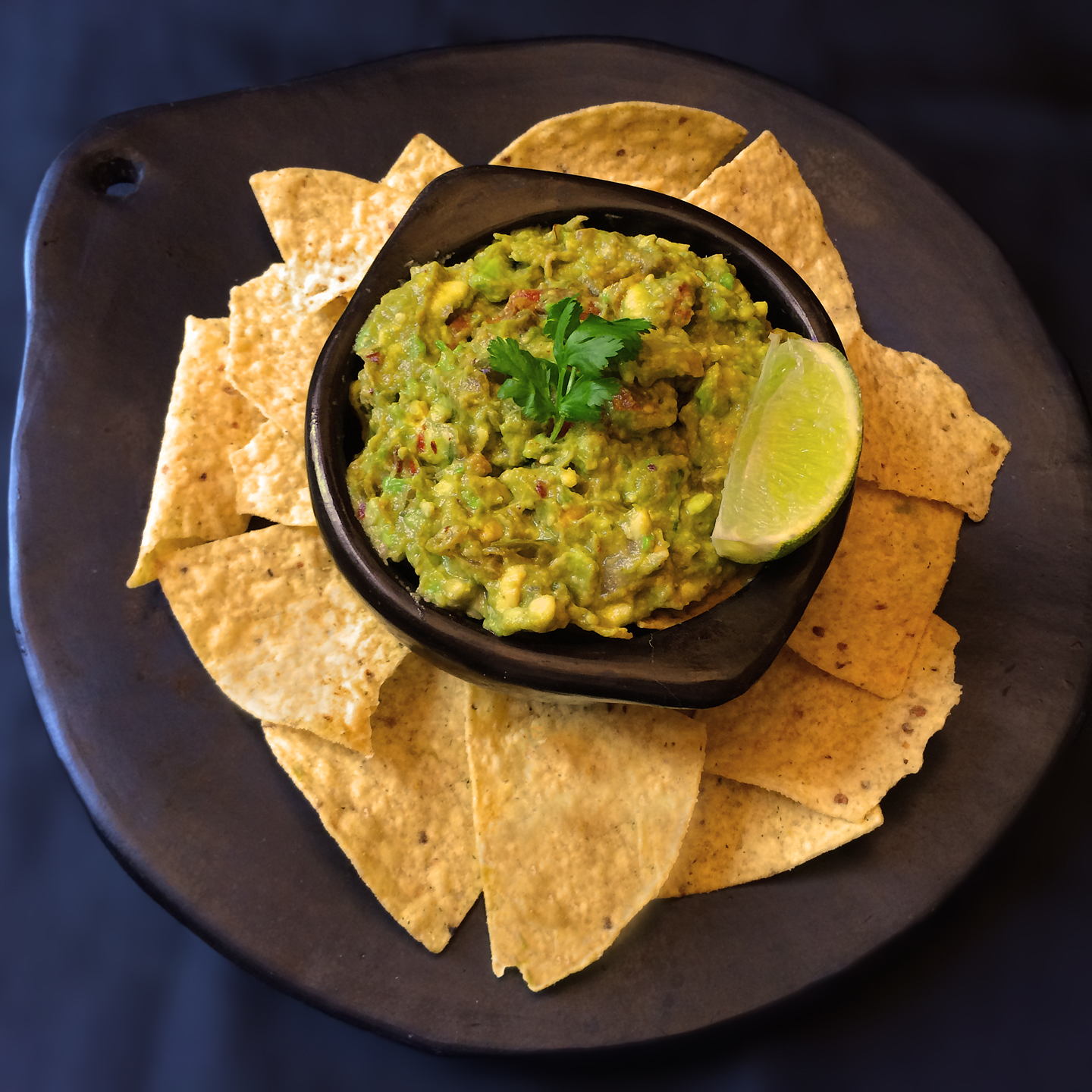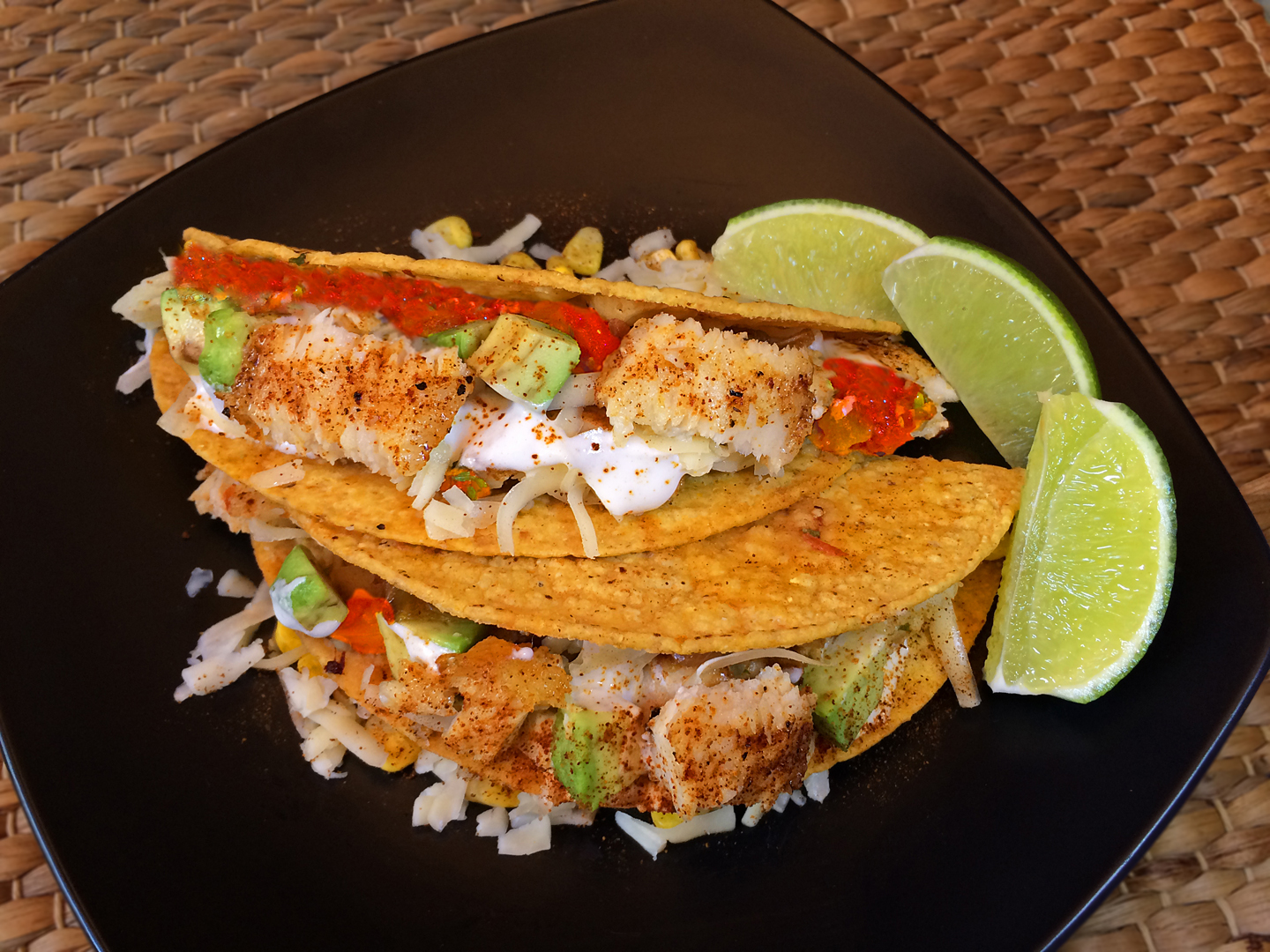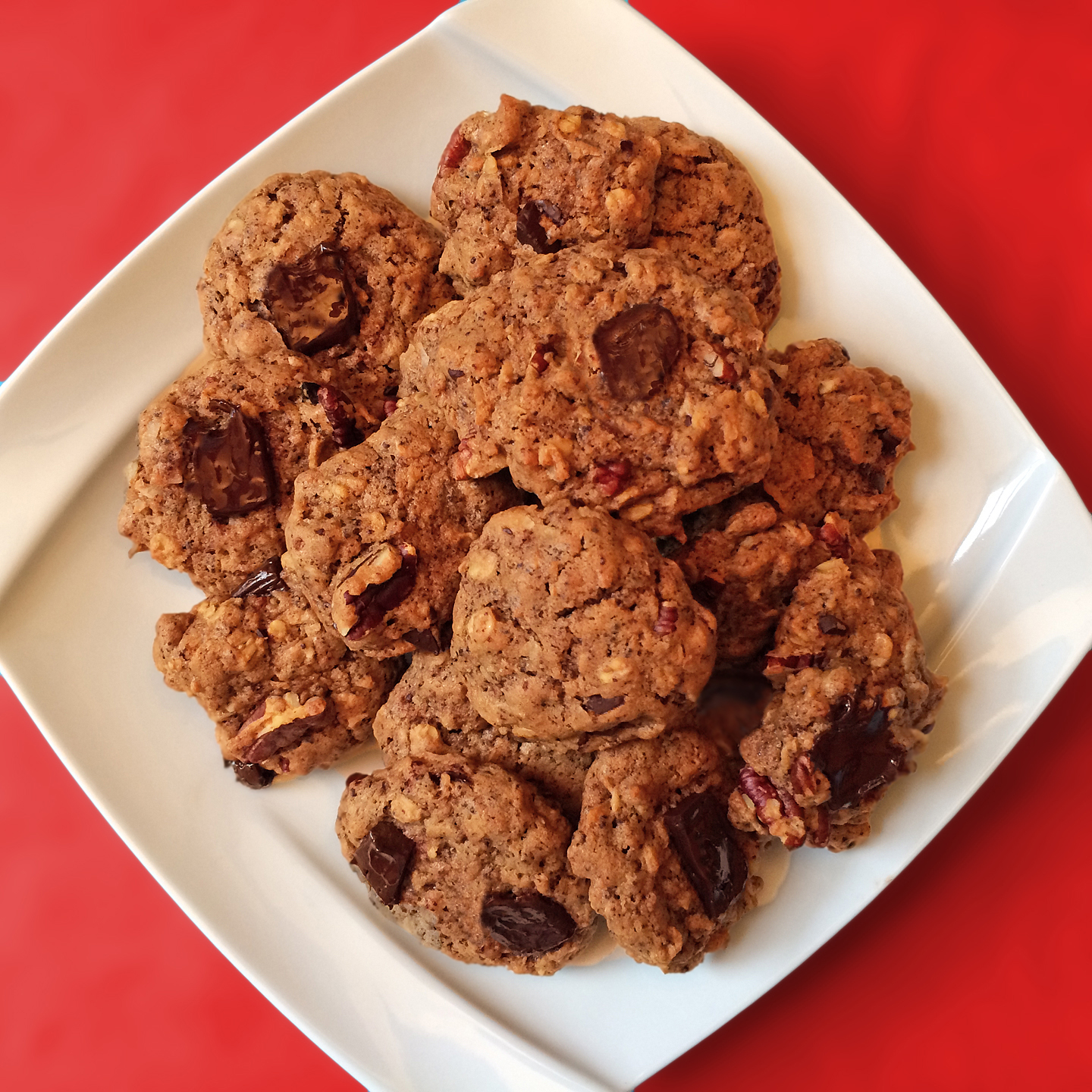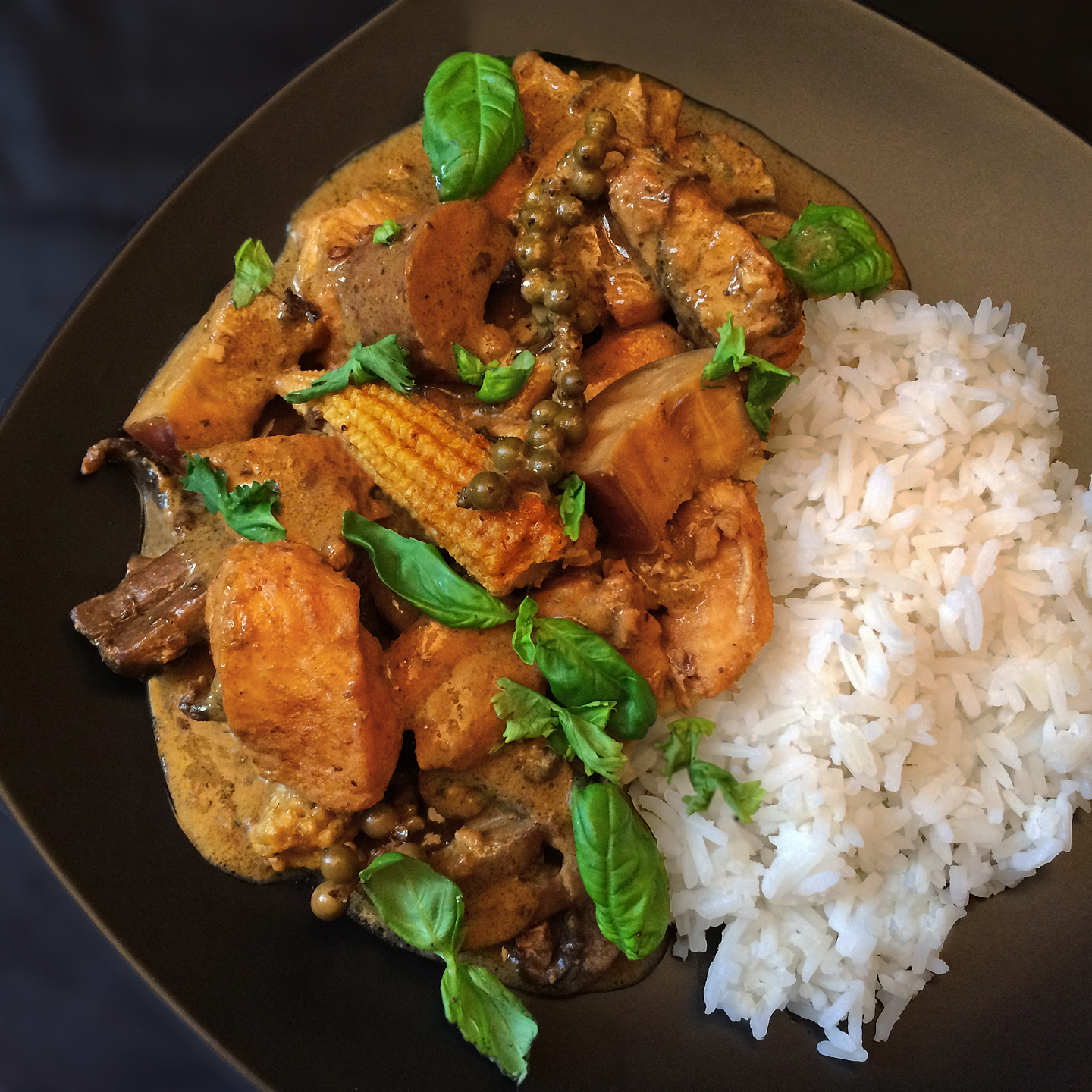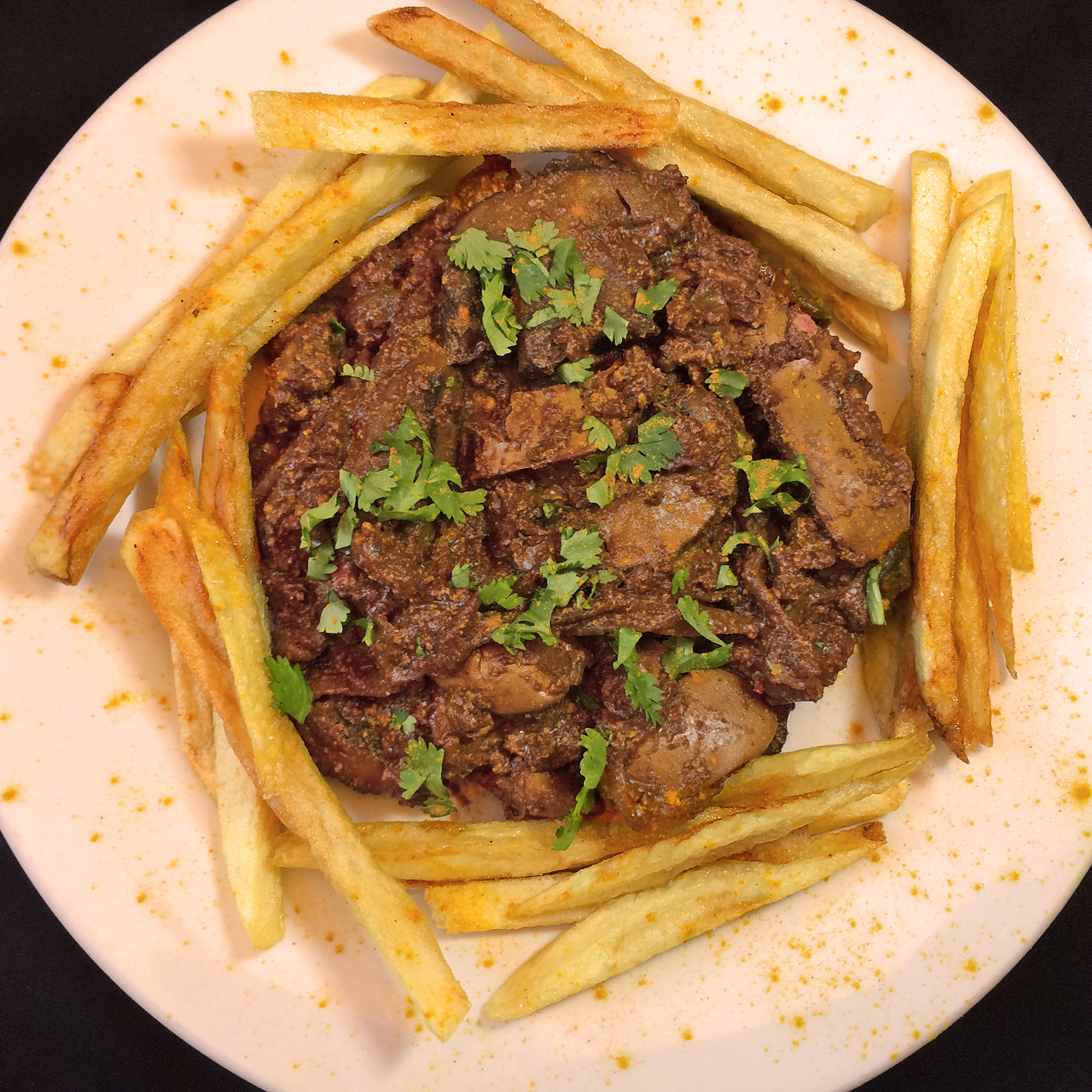👨🍳 Cooking in the Time of COVID 👨🍳
(Click on any image to view it in high resolution.)
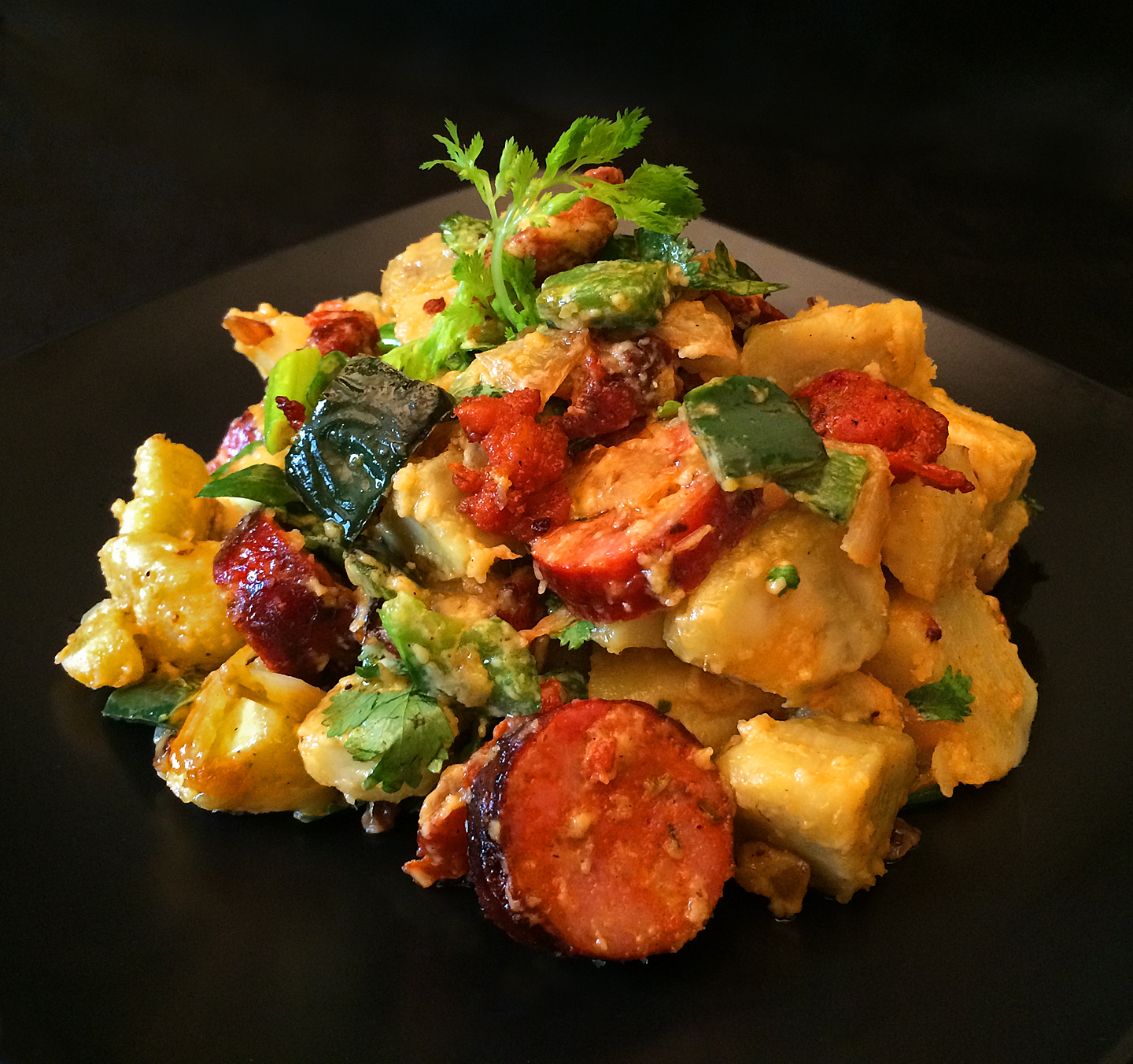
That’s not its real name, of course, but I haven’t come up with a proper one for it yet and I didn’t want to call the post “Untitled” because this serendipitous culinary invention may well be one of the best dishes I have ever concocted. Why serendipitous? Here’s how it came about:
I was playing Socially Distanced Produce Aisle Roulette; that’s where you stand six feet away from the person who got to the vegetable counter first and cool your heels as they pick over each Brussels sprout to select the winning candidates for their dinner. Truthfully, I don’t mind playing this game because I know that it will be my turn soon enough and it gives me time to peruse the landscape for veggies that had not originally made it onto my shopping list.
To its credit, my white-bread supermarket actually does carry some Latin American vegetables if you know where to look. They’re stocked at eye level – if you’re a Chihuahua. Check out the floor-level bins beneath the bananas and you’ll see the platanos. Look under the sweet potatoes and lo and behold you’ll find the boniatos. Appearances notwithstanding, these marvelous tubers aren’t yams and are only remotely related to potatoes (same taxonomic order, Solanales) – and in some respects they’re better than either. They’re a little on the dry side, quite sweet, and taste more like chestnuts than any other starchy veg that purports to taste like chestnuts. Cook ’em the same way you’d cook potatoes.
Anyway, as I patiently waited for an opening, I began to mull over what I might whip up using a boniato. For some reason, my bespoke recipe for potato salad came to mind, but with Mexican overtones. But please note: this was not destined to be “Mexican Potato Salad”. First off, the whole idea of that sounds coy, gimmicky, and likely to disappoint; secondly, I was envisioning a dish served warm, unctuous, and as a main course, not a side.
Nonetheless, I decided that a swap-in for each ingredient in my recipe would be a worthwhile idea, so here’s what I did: boniato for potatoes, Mexican chorizo for bacon, poblano pepper for red bell pepper, chopped white onion (very Mexican) for sweet Vidalia onion, cilantro for parsley, cambray onion (scallions would work, too) for celery (the crunchy contingent), and a garlicky, lemony aioli for the balsamic-vinegary, honey-mustardy mayonnaise that holds it all together – literally matching up ingredient for ingredient, but in different proportions of course.
As I said, in my humble opinion, it was amazing: sweet from the boniato, spicy from the chorizo, tangy from the aioli, yielding yet crunchy, lavish yet homespun, and incredibly delicious beyond even my most unbridled fantasies. Of course, the real test will be to make it again and see if I’m still blown away by it. Hey, I might even write down ingredient quantities next time! 😉
Stay safe, be well, and eat whatever it takes. ❤️
